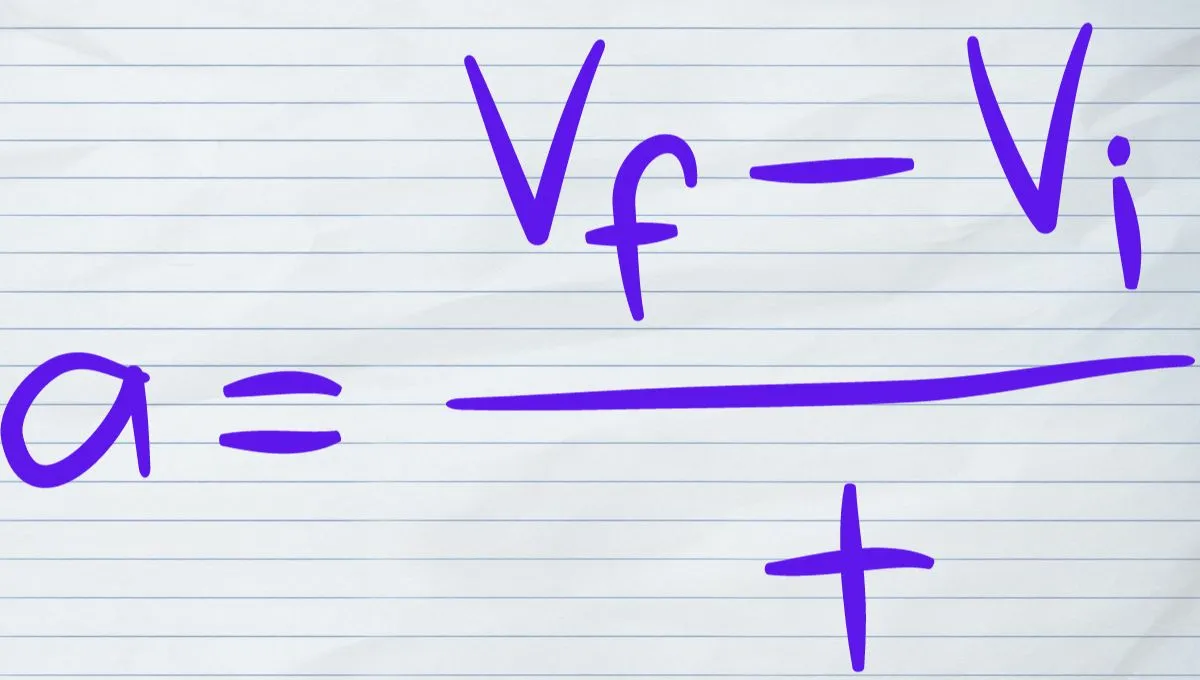The substances that can flow are called fluids. Fluid is a substance that can be continuously deformed under external forces. It includes both liquids and gases. The main characteristic of fluids is that they take the shape of their container but they may or may not have a definite volume (for liquids) (for gases).
Fluid Mechanics is the branch of physics that studies the behavior of fluids at rest and in motion. It is divided into two main branches:
- Fluid Statics: The study of fluids at rest.
- Fluid Dynamics: The study of fluids when they are in motion.
Properties of Fluid
Density, ![]()
- Definition: The ratio of the mass of a fluid (
 ) to its volume (
) to its volume ( ).
). - Equation:

- Unit: Kilogram per cubic metre (kg/m³)
- Example: The density of water is about 1000 kg/m³.
Viscosity, ![]()
- Definition: The ability of a fluid to withstand internal friction, which opposes flow.
- Unit: Pascal-second (Pa·s)
- Newtonian fluid: Where viscosity remains constant (e.g. water).
- Equation for Newtonian fluid:

 : Shear stress (Pa)
: Shear stress (Pa) : Velocity gradient
: Velocity gradient 
Pressure (Pressure, ![]() )
)
- Definition: Force applied per unit area in a fluid.
- Equation:

 : Force (N)
: Force (N) : Area (m²)
: Area (m²)- Unit: Pascal (Pa), where 1 Pa = 1 N/m²
Fluid Statics
Hydrostatic Pressure
- Theory: Pressure increases with depth in a fluid.
- Equation:

 : Surface pressure (often atmospheric pressure)
: Surface pressure (often atmospheric pressure) : Gravitational acceleration (9.81 m/s²)
: Gravitational acceleration (9.81 m/s²) : Depth of fluid (m)
: Depth of fluid (m)
Example: Calculate the pressure at a depth of 10 m in the ocean.
![]()
Archimedes Principle
- Principle: An object fully or partially immersed in a fluid experiences an upward buoyancy force equal to the weight of the displaced fluid.
- Equation:

 : Buoyancy force (N)
: Buoyancy force (N) : Volume of displaced fluid (m³)
: Volume of displaced fluid (m³)
Fluid Dynamics
Bernoulli’s Principle
- Principle: For a non-compressible and frictionless fluid flowing in a closed pipe, the sum of pressure energy, kinetic energy, and potential energy remains constant.
- Equation:

 : Velocity of fluid (m/s)
: Velocity of fluid (m/s)
Example: Calculate the pressure difference between two points.
Continuity Equations
- Theory: Represents the conservation of mass of the fluid.
- Equations:

 : Cross-sectional area (m²)
: Cross-sectional area (m²) : Velocity (m/s)
: Velocity (m/s)
Example: If the area of the pipe is halved, the velocity doubles.
- Theory: Complete description of the motion of a fluid.
- Equation (in simple form):
![]()
- Use: In solving complex problems of turbulence, flow patterns, and fluid dynamics.
Important dimensionless numbers
Reynolds Number (Reynolds Number, )
)
- Theory: Indicates whether the flow is laminar or turbulent.
- Equation:

 : Specific length (e.g. diameter of pipe)
: Specific length (e.g. diameter of pipe)- Standard values:
 : Laminar flow
: Laminar flow : Turbulent flow
: Turbulent flow
Froude Number
- Theory: Ratio of inertia forces relative to gravitational forces.
- Equation:

 : Specific length (m)
: Specific length (m)
Table for comparison of fluid properties
| Property | Symbol | Unit | Water (20°C) | Air (20°C) |
|---|---|---|---|---|
| Density | kg/m³ | 998 kg/m³ | 1.204 kg/m³ | |
| Viscosity | Pa·s | (1.002 \times 10^{-3}) Pa·s | (1.825 \times 10^{-5}) Pa·s | |
| Surface Tension | N/m | 0.0728 N/m | Negligible | |
| Specific Heat | J/(kg·K) | 4186 J/(kg·K) | 1005 J/(kg·K) |
You may want to know about torque.
How to study Fluid Mechanics
Theoretical Study
- Textbooks:
- “Fluid Mechanics” by Frank M. White
- “Introduction to Fluid Mechanics” by Robert W. Fox
- Basic Topics:
- Fluid Properties
- Pressure and Pressure Measurement
- Types of Flow
Laboratory Work
- Apparatus:
- Venturimeter: To measure flow rate.
- Pytobe Tubes: To measure velocity.
- Viscometers: To measure viscosity.
- Experiments:
- Flow visualization
- Pressure measurement
- Turbulence studies
Simulation and Software CFD Software:
- ANSYS Fluent
- OpenFOAM Benefits:
- Analysis of complex fluid flows
- Optimization of designs
Projects and Case Studies
Examples:
- Pump design
- Airflow analysis
- Study of hydraulic structures
Benefits:
- Solution of real problems
- Practical experience
Career Opportunities in Fluid Mechanics
Research Scientist
- Role: Development of new theories and techniques.
- Areas: Aerospace, Marine Engineering, Environmental Science.
Design Engineer
- Role: Design of devices and systems.
- Examples: Turbines, pumps, hydraulic machines.
Academic field
- Role: Teaching, research.
- Institution: Universities, research institutes.
Consultant
- Role: Technical advice to industries.
- Sector: Energy, environment, construction.
Conclusion
Fluid Mechanics is an important field of science and engineering that helps understand the behavior of fluids and develop their applications. Understanding the properties of fluids, their principles, and mathematical modeling can help us solve various technological and scientific challenges. Its study is essential for technological progress and innovation.
What is a fluid?
A fluid is a substance that can flow easily under external forces. It includes both liquids and gases, and it takes the shape of its container.
What is Fluid Mechanics?
Fluid Mechanics is the study of the behavior, motion, and forces associated with fluids. It is divided into fluid statics and fluid dynamics.
What is Bernoulli’s principle?
Bernoulli’s principle states that for a non-compressible and frictionless fluid, the sum of pressure energy, kinetic energy, and potential energy remains constant.
What is the importance of Reynolds number?
Reynolds number helps in determining the nature of flow. It tells whether the flow will be laminar or turbulent.
Navier-Stokes equations are the fundamental equations of fluid dynamics, which completely describe the motion of a fluid.
Which software is useful for studying Fluid Mechanics?
ANSYS Fluent, OpenFOAM, MATLAB etc. software are useful for simulation and analysis of fluid mechanics.
What are the career opportunities in Fluid Mechanics?
You can make a career in various fields as a research scientist, design engineer, teacher, or consultant.
How is pressure measured in a fluid?
Manometer, barometer, or pressure sensor is used to measure pressure in a fluid.
What effect does viscosity have on the flow of a fluid?
Fluids with high viscosity resist flow more, reducing the flow rate.
What is surface tension and what is its importance?
Surface tension is the force of attraction between molecules at the surface of a fluid. It is important in the formation of small droplets and in capillary action.




